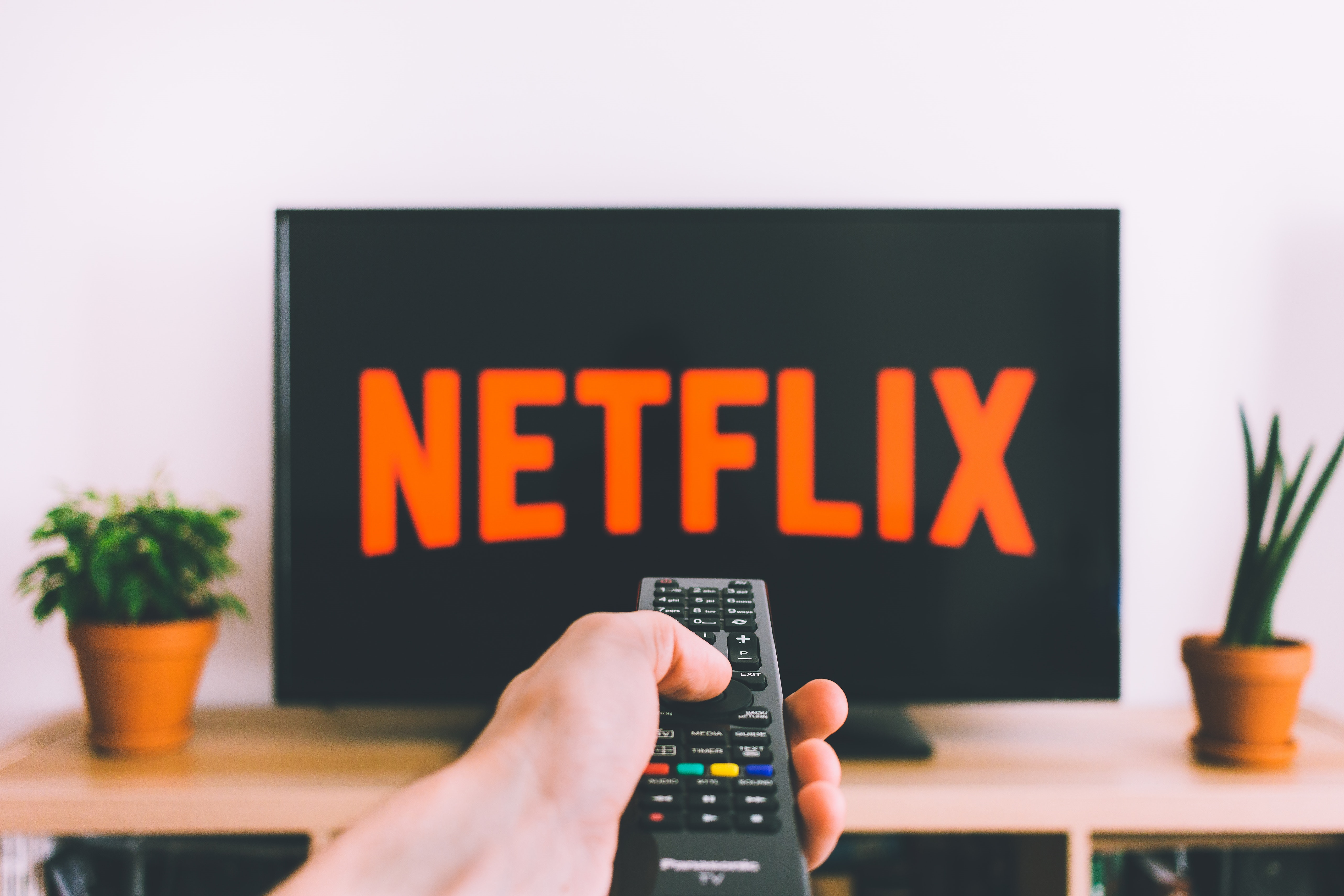In a world where a new streaming platform with a multitude of content seems to be born every month, the question is no longer how Netflix managed to revolutionize television, but how it manages to stay on the throne. The answer, though complex in its execution, is simple in its concept: an obsessive and radically data-centric culture.

Long gone are the days when Netflix was the sole disruptor. Today, with nearly 300 million subscribers (mid-2024 data) and a content budget exceeding $17 billion annually, the company doesn’t just create series and movies; it fights a daily battle for every minute of our attention. And in this war, its arsenal isn’t just scripts, but algorithms.
The Netflix DNA: A Data Obsession Since the DVD Era
To understand the Netflix of today, one must travel back to its origins. Founded in 1997 as a DVD-by-mail rental service, the company showed its data-driven DNA very early on. In 2000, long before “Big Data” was a buzzword, it was already developing a recommendation system based on its users’ ratings.
This obsession culminated in 2006 with the legendary “Netflix Prize”: a million dollars for the team that could improve the accuracy of its recommendation algorithm by 10%. Although the winning solution was never implemented due to its complexity, the message was clear: Netflix was willing to invest massively to understand its users on an unprecedented level.
The Evolution of Intelligence: Beyond “House of Cards”
The production of House of Cards in 2011 was a milestone, a multi-million dollar bet based on data. It was a resounding success, but the current sophistication of Netflix makes that look like child’s play.
Extreme Personalization: The Art of the Perfect Thumbnail
One of the most fascinating examples of data use at Netflix is the personalization of thumbnails. The artwork you see for Stranger Things is not the same as what I see. Netflix A/B tests dozens of images and, based on your viewing history, shows you the one you are most likely to interact with.
- Do you watch a lot of romantic comedies? You’ll see an image of the main couple.
- Are you an action fan? You’ll see a thumbnail with an explosion or a chase scene.
This is a massive-scale application of psychology and statistics, designed to win your click in under two seconds.
The Adam Sandler Anecdote: Ignoring the Critics
In the mid-2010s, Adam Sandler’s movies were receiving terrible reviews. However, Netflix’s data told a different story: his older comedies had a massive and recurring global viewership on the platform. Based exclusively on this behavioral data and not on critics’ opinions, Netflix signed Sandler to a multi-million dollar deal for several exclusive films. The result was a resounding audience success, proving that user data was a more reliable indicator of success than Hollywood reviews.
The Button That Saves 195 Years a Day: “Skip Intro”
The famous “Skip Intro” button wasn’t a creative idea; it was a conclusion drawn from data. The Netflix team analyzed user behavior and detected that a large percentage of viewers manually skipped the first few minutes of episodes. After confirming this pattern across thousands of series, they developed the feature. According to a former executive, this button is pressed 136 million times a day, saving users a collective 195 years of time… every single day.
The Global Phenomenon Hunter: The “Squid Game” Case

This is perhaps the best example of the power of its global intelligence. Squid Game was not a Hollywood project. It was a South Korean series that Netflix’s algorithms detected as a regional hit with an extremely high completion rate. By identifying this pattern, the platform promoted it globally, turning it into a cultural phenomenon and its most-watched series in history.
Data as a Weapon in the “Streaming Wars”
In today’s saturated market, the battle is fierce. To understand the context, one need only look at the market distribution in the United States, one of the most representative battlegrounds.
According to data from Statista for the first quarter of 2025, the market share of streaming platforms in the U.S. is divided as follows:
- Amazon Prime Video: 22%
- Netflix: 21%
- Max: 13%
- Disney+: 12%
- Hulu: 11%
- Others: 21%
With this landscape, Netflix’s main objective is to reduce the cancellation rate (churn rate). To do this, it has made bold and controversial business decisions, all of them based on data.
And although it seems that Amazon Prime Video has overtaken them in the U.S. market share, Netflix is still the king in terms of subscribers and revenue, with a very slight margin over its biggest rival.
_platforms_in_2025-01.webp) You will find more Statistics at Straits Research
You will find more Statistics at Straits Research
The Crackdown on Shared Accounts
The decision to end password sharing was a high-risk gamble. For years, Netflix analyzed billions of data points (locations, devices, viewing patterns) to define what constituted a “Netflix Household.” Armed with this model, they launched a strategy that, against the predictions of many analysts, resulted in a massive increase in new subscriptions.
The Strategic Pivot: The Ad-Supported Plan
For years, Netflix rejected advertising. However, their data showed a growth ceiling for premium plans and a large pool of price-sensitive potential customers. The introduction of a cheaper, ad-supported plan was a direct response to this evidence, allowing them to target a new market segment.
Conclusion: The Empire of Algorithms
Netflix’s success is no longer measured by its disruption of traditional television, but by its ability to navigate and dominate the ecosystem it created. Its true competitive advantage is not just its vast content library, but its unparalleled data infrastructure and a culture that trusts algorithms to make multi-billion dollar decisions.
In the era of the Streaming Wars, Netflix has shown that content is still king, but the kingdom belongs to whoever wields data best.
Sources of Interest:
- The Verge - How Netflix’s password-sharing crackdown is paying off
- Variety - Netflix’s Adam Sandler Deal Is a ‘Big Bet’ That’s Paying Off
- Twitter/X (Former Netflix Executive) - Anecdote about the “Skip Intro” button
- About Netflix - Personalizing the Netflix Experience
- Statista - Market share of streaming services in the U.S.